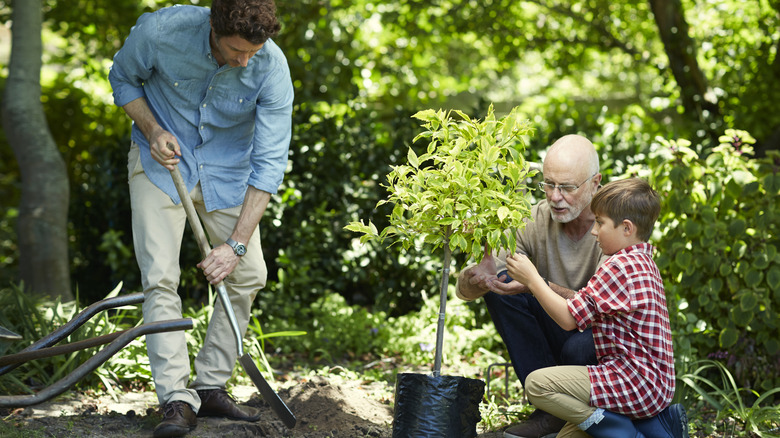The beauty of a thriving garden lies in the brilliant colors of its flowers and the healthy green of its leaves. Usually, when your plants start to show signs of disease and failing health, the easiest way to tell something is wrong is by gauging the vibrancy of their colors. Browning leaves are one of the more notorious symptoms of a greater catastrophe, and depending on the plant, it could signal anything from vitamin deficiencies to pest involvement. In the case of the Virginia sweetspire, browning leaves are often indicative of sun damage. Because the sweetspire is a plant that can grow in both direct sunlight and shade, you’ll need to find the right balance to stop the leaves from going brown and prevent your precious plant from dying.
Every third-grader knows that plants need sunlight in order to make their own food. However, too much of a good thing can be a bad thing. Also called Virginia willow, the sweetspire needs four hours of sun every day and thrives in partial sun and shade. Too much direct sunlight can lead to its leaves being sunburnt because all that heat can destroy the light-sensitive chlorophyll. This can cause stunted growth in the plant. The positive news is that applying some shade is a simple fix for your damaged leaves, and there are many creative ways to shade your plant from the sun and brutal summer heat.
Grow tall companion plants around the Virginia sweetspire to shade it

Virginia sweetspire is a short bush with long, narrow leaves and flowers. When planted in full sunlight, with no shade in sight, they are susceptible to leaf browning on particularly sunny days. By planting companion plants to grow alongside them and shade them, you’d be saving the shrub from a lot of potential damage, especially if you live in a warm region.
The best companion plants that benefit your sweetspire are the river birch (Betula nigra) and the bald cypress (Taxodium distichum) trees. River birch grows to be about 40 to 60 feet tall, and bald cypress trees 50 to 70 feet, more than enough height to shade your 4 to 8-foot tall Virginia sweetspire. Both of these trees are low-maintenance, heat-tolerant, and love being in the sun — perfect matches for your sweetspire.
If you’re thinking of using companion planting as a remedy to your sweetspire’s sun problem, then you’ll have to cough up some money to buy the young trees, and they get more expensive the older and taller they are. A 5 to 6-foot tall river birch tree would set you back around $190, while a bald cypress of the same height would be around $66.
Use a shade cloth or shade sail to cover your sweetspire

Virginia sweetspire actually grows well in full sun, but the problem arises during those long, hot, sunny days. If you don’t want to go planting a whole tree in order to shade your shrub, you can opt for a cheaper and less intense option like erecting a shade sail or using a shade cloth.
Shade cloths are made of woven polyethylene material. This material blocks as much sunlight as you want because they’re customizable depending on the requirements of your plant. You can pick out the exact shade density you need. Shade cloths are also breathable, and they can be watered through, meaning your sweetspire would be getting all the nutrition it needs without risking sun damage on a boiling day.
Similarly, a shade sail is simply a shade cloth that’s been attached to a post like an awning and spread over the garden. Shade cloths and sails are very durable and effective in providing shade. They can also be removed and replaced in the garden at will, which makes their convenience level even higher.




